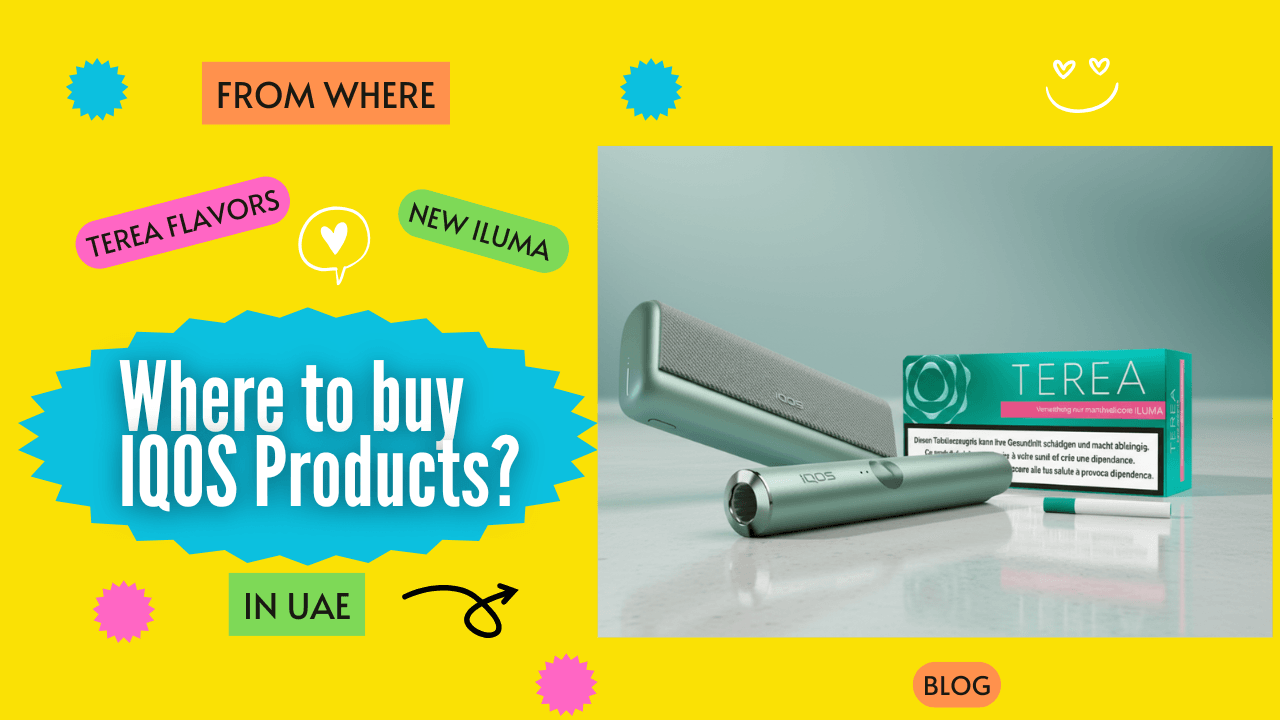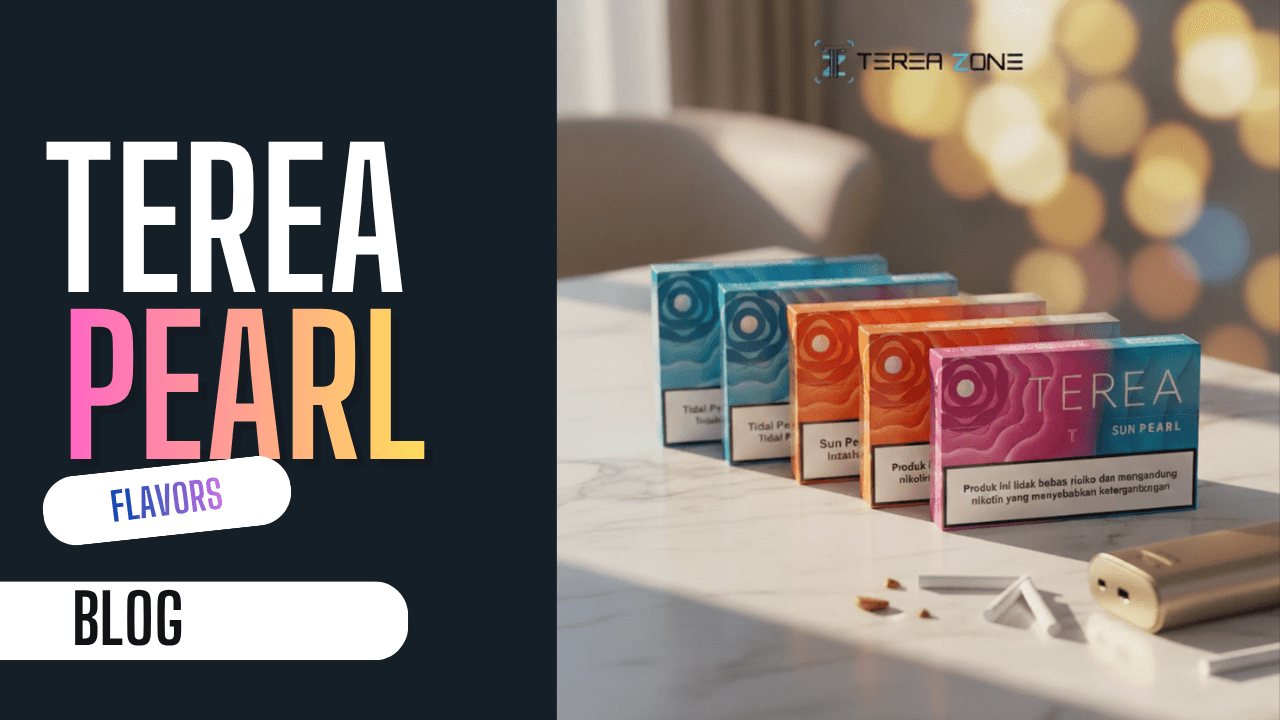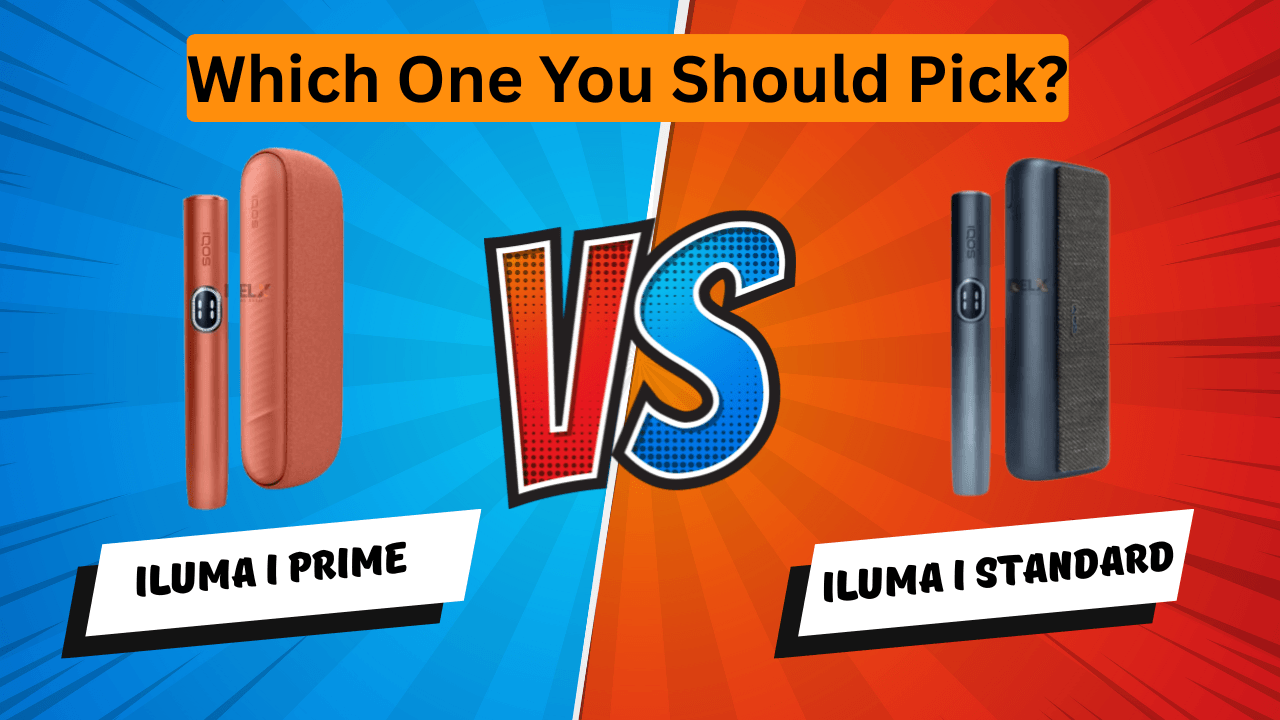With evolving smoking regulations and growing health awareness in the UAE, many smokers are looking for safer alternatives to traditional cigarettes. Among these alternatives, heat-not-burn (HNB) tobacco products and vaping (e-cigarettes) have become popular choices. Both aim to reduce harm by avoiding combustion, but questions remain about their safety. This article will explore the safety profiles of HNB and vaping products, using current research, expert insights, and the UAE market to help you make informed decisions.
Understanding the Basics
What is Heat-Not-Burn (HNB)?
HNB devices heat real tobacco at temperatures between 250°C and 350°C to produce nicotine-containing aerosol without burning the tobacco. Popular brands like IQOS by Philip Morris International have gained significant traction globally, including in the UAE, where they are subject to regulation. This technology gives you a tobacco flavor close to traditional cigarettes but with reduced levels of harmful by-products like tar and carbon monoxide.
What is Vaping (E-cigarettes)?
Vaping devices use battery-powered heating elements to vaporize e-liquid—a mixture of nicotine, propylene glycol, vegetable glycerin, and flavorings—at temperatures between 180°C and 250°C. The UAE regulates vaping with limits on nicotine concentration (up to 20 mg/ml) and packaging standards. Vaping is popular due to its wide range of flavors and customizable nicotine strengths.
How They Deliver Nicotine
Nicotine Delivery in HNB
HNB devices heat tobacco sticks like HEETS without combustion and deliver nicotine efficiently with a throat hit similar to cigarettes. This is designed for smokers who want a close-to-cigarette experience.
Nicotine Delivery in Vaping
Vaping devices vaporize nicotine-infused liquids. Nicotine delivery varies with device type, coil resistance, and inhalation style, allowing users to adjust nicotine intake and vaping experience.
Chemical Exposure and Toxins
| Substance | Heat-Not-Burn Products | Vaping Products |
| Tar | Reduced but present | Absent |
| Carbon Monoxide | Significantly reduced | Absent |
| Tobacco-Specific Nitrosamines (TSNAs) | Present | Mostly absent |
| Flavoring Chemicals | Low | Variable, sometimes high |
| Heavy Metals | Low | Possible from heating coils |
While HNB products release fewer harmful substances compared to cigarettes, they still emit tobacco-specific toxins. Vaping aerosols contain fewer toxic chemicals but may expose users to flavoring agents and metals whose long-term effects are still being studied.
Health Effects and Safety Concerns
- Short-Term Effects: Both HNB and vaping can cause mild respiratory irritation or throat discomfort, especially for new users.
- Long-Term Risks: Limited long-term studies exist, but nicotine addiction is the biggest concern. Lung and cardiovascular health impacts require caution.
- Secondhand Exposure: Although less than cigarettes, secondhand aerosols from both products pose health risks, especially for vulnerable groups like children and pregnant women.
Regulatory Perspective in the UAE
- HNB Regulation: Classified as tobacco products, HNB devices are subject to strict controls on sales, advertising, packaging, and age restrictions.
- Vaping Regulation: Legal since 2019, vaping products in the UAE must comply with nicotine limits, licensing, excise taxes, and regulations to prevent youth appeal.
Cost, Availability, and User Preference
- Cost: HNB devices require regular purchase of proprietary tobacco sticks like Terea Sticks or Heets Sticks, which are more expensive per use. Vaping devices have a higher upfront cost, but e-liquid refills are generally more affordable with flexible nicotine levels to support gradual reduction.
- Availability: Both products are available in major UAE cities like Dubai, Abu Dhabi, and Sharjah through licensed retailers. Vaping products are more widely available, and HNB devices are found in specialized tobacco Online stores like Terea Dubai. Online sales are heavily regulated.
- User Preference: Those who want the real tobacco taste and smoking sensation choose HNB. Vaping appeals to users who want a wide range of flavors and customizable device settings.
Environmental Impact
- Waste Generation: Vaping produces plastic waste from pods and e-liquid bottles, which contributes to pollution. HNB produces cigarette-like stick waste that can harm the environment if not disposed of properly.
- Battery Disposal: Both rely on lithium-ion batteries, which need to be recycled responsibly to prevent environmental damage. The UAE is developing better battery recycling infrastructure, but user awareness is limited.
- Agricultural Impact: HNB depends on tobacco farming, which involves huge amounts of water, pesticide use, and land impact, adding to its environmental footprint.
Flavor and Sensory Experience
Heat-Not-Burn
Devices like IQOS Devices and Glo have limited flavor options but focus on traditional tobacco flavors, with popular ones being:
- IQOS Terea Amber (classic tobacco)
- IQOS Terea Yellow (lighter tobacco)
- IQOS Terea Turquoise (menthol)
This gives smokers a smoke-like aroma and throat hit.
Vaping
Popular vaping brands in the UAE are SMOK, Voopoo, Vaporesso, and JUUL, with a wide range of flavors from brands like Nasty Juice, Dinner Lady, and Pod Salt, including:
- Nasty Juice – Slow Blow (tropical fruit)
- Dinner Lady – Lemon Tart (dessert)
- Pod Salt – Menthol Mix (mint)
- JUUL Device and Juul pods
Vaping also allows customization of nicotine strength and vapor output for a personalized experience.
Misconceptions & Myths
- Myth: Vaping is completely safe.
- Fact: Vaping reduces harmful chemicals compared to smoking, but still has risks from flavorings and metals.
- Myth: HNB produces no secondhand risk.
- Fact: HNB aerosols have harmful substances that affect bystanders.
- Myth: Nicotine without smoke is non-addictive.
- Fact: Nicotine is addictive no matter the delivery method.
Who Should Avoid Both Options
- Pregnant women are at risk due to risks to fetal development.
- Minors, as per UAE law, are prohibited from using a nicotine product under 18.
- Individuals with heart or lung conditions should not use this product unless advised by healthcare professionals.
Expert Opinions
- Medical researchers say neither HNB nor vaping is completely safe; both are just less harmful alternatives to traditional cigarette smoking.
- Although these alternatives reduce exposure to certain toxicants, they still have health risks.
- Experts recommend complete cessation of nicotine use as the best possible health outcome.
- But they acknowledge the role of HNB and vaping as harm reduction tools for smokers who are unwilling or unable to quit nicotine immediately.
Final Verdict: Which is Safer?
- Both HNB and vaping reduce exposure to harmful chemicals, but are not risk-free.
- Vaping exposes users to fewer tobacco toxins since it doesn’t involve tobacco combustion.
- More tobacco-like experience with fewer toxins: HNB.
- Cigarette-like sensation: HNB; flavor and cost: vaping.
- Best outcome: quit nicotine.
Conclusion & Takeaway
In the UAE, heat-not-burn and vaping are less harmful options for adult smokers who can’t or won’t quit nicotine right away. Knowing the differences in safety, cost, availability, and sensory experience will help you make an informed decision. Stay updated on regulations and consult with a healthcare professional if you’re considering switching. Quitting nicotine is the healthiest option.
FAQ
Is heat-not-burn safer than vaping?
Both are less harmful than smoking, but vaping has fewer harmful chemicals.
Does heat-not-burn feel more like smoking than vaping?
Yes, because it uses real tobacco heated, not vaporized liquid.
Can I quit smoking using heat-not-burn or vaping?
Some users do, but neither is an approved quit method.
Is secondhand smoke from HNB dangerous?
Less harmful than cigarette smoke, but it still contains toxins.
Is secondhand vapor from e-cigarettes safe?
No, it contains nicotine and other chemicals.
Which is cheaper: heat-not-burn or vaping?
Vaping is generally cheaper in the long run due to refill costs.
Do health authorities recommend one over the other?
Health authorities view vaping as less harmful, but caution with both.









